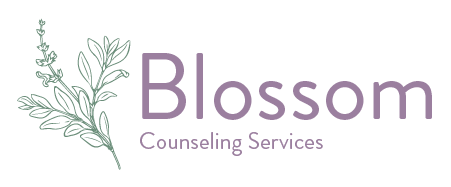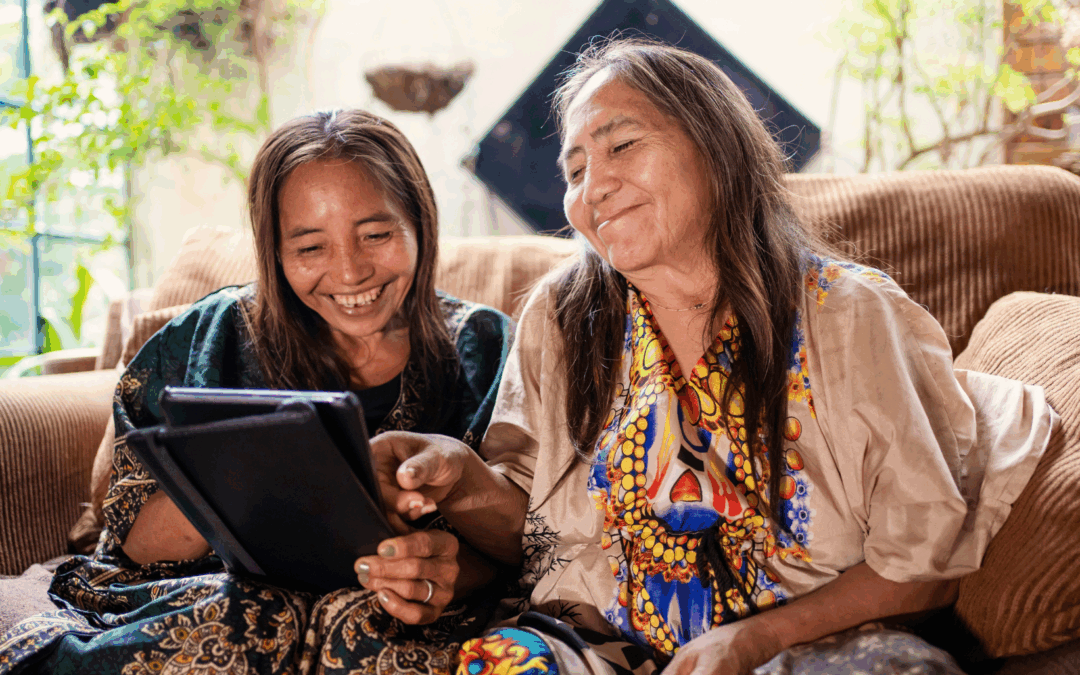Some pain doesn’t begin with us.
It’s passed down—carried in our blood, our memories, our family patterns. It echoes in silence, in stories untold, in rituals forgotten. For many Indigenous communities, trauma didn’t begin in this generation. But neither did healing.
Because long before “trauma-informed care” became a buzzword, Indigenous healing practices were already addressing the deep wounds of disconnection—offering paths to reconnection, resilience, and renewal.
And at the heart of it all? Storytelling.
Storytelling isn’t just something Indigenous people do—it’s a way of being, a way of remembering, and a way of healing. It weaves together identity, community, and spirit. It passes down not only knowledge but strength. It turns survival into legacy.
Let’s explore how Indigenous healing practices—especially storytelling—offer powerful tools for healing trauma across generations.
What Are the 7 Indigenous Ways of Healing?
There’s no single model of Indigenous healing. Different tribes, nations, and communities have their own wisdom, traditions, and teachings. But many share core principles that shape how healing is understood and practiced.
Here are 7 foundational Indigenous healing practices that appear across various cultures:
1. Connection to Land
Land is not a resource—it’s a relative. Healing happens when we reconnect with the earth, walk barefoot on sacred soil, or gather traditional medicines. Nature becomes not just a backdrop for healing, but a participant in it.
2. Storytelling
Through stories, teachings are passed down. Emotions are processed. Identity is rooted. Stories help make sense of pain—and shape hope. In Indigenous healing practices, storytelling is medicine.
3. Ceremony and Ritual
From smudging to sweat lodges to naming ceremonies, rituals help mark transitions, invite guidance, and restore balance. Ceremonies create sacred space for grief, joy, forgiveness, and rebirth.
4. Community Support
Healing isn’t done in isolation. Indigenous healing practices often involve the collective—elders, family, spiritual leaders, and peers—because well-being is seen as communal, not just individual.
5. Spiritual Guidance
Connection to Creator, ancestors, and spirit guides is central. Healing means aligning with something greater than yourself—inviting wisdom, protection, and purpose.
6. Respect for Elders and Ancestors
Wisdom flows from those who came before. Listening to elders, honoring ancestral teachings, and invoking their presence during ceremonies is a core part of Indigenous healing.
7. Balance and Harmony
Illness—whether physical, emotional, or spiritual—is often seen as a disruption of balance. Indigenous healing practices focus on restoring harmony within the self, with others, and with the natural and spiritual world.
These ways of healing aren’t “alternatives” to modern medicine—they’re ancient, time-tested systems that treat the whole person: body, mind, spirit, and community.
What Are Indigenous Healing Methods?
Indigenous healing methods are diverse and deeply rooted in culture, land, and lineage. They’re not one-size-fits-all. But they share a commitment to holism—healing the person as a whole, not just their symptoms.
Here are some common Indigenous healing methods:
- Smudging: Burning sacred herbs like sage, sweetgrass, or cedar to cleanse energy and invite clarity. Used before ceremonies, healing sessions, or daily grounding.
- Talking Circles: Safe spaces for group sharing where everyone has an equal voice. Often guided by an elder or spiritual leader.
- Sweat Lodges: Ceremonial steam baths that cleanse the body, mind, and spirit. Often involve prayer, drumming, and sacred stones.
- Dreamwork: Interpreting dreams as messages from spirit or ancestors.
- Drumming and Singing: Rhythmic sound as a way to connect, express, and heal. The drum is often called “the heartbeat of Mother Earth.”
- Herbal Medicine: Using plants for physical and spiritual healing, guided by knowledge passed down through generations.
- Naming and Vision Ceremonies: Used to honor life stages, guide identity, and invoke spiritual insight.
Each method reflects the core belief that healing is sacred, relational, and tied to tradition.
What Are the Indigenous Methods of Healing Trauma?
For Indigenous communities, trauma isn’t just personal—it’s historical. Colonization, genocide, land theft, residential schools, and cultural erasure have left deep wounds. And yet, Indigenous healing practices offer powerful responses to trauma that are rooted in resilience.
1. Restoring Cultural Identity
Trauma disconnects. Healing reconnects. Reclaiming language, traditional names, ceremonies, and teachings helps restore a sense of self and belonging—especially for younger generations.
2. Reclaiming Narrative Through Storytelling
For many, trauma was passed down through silence. Storytelling helps break that silence—not just to share the pain, but to reclaim the narrative. To say: “We are still here. We’ve always been strong.”
3. Somatic and Spiritual Practices
Sweat lodges, smudging, and drumming aren’t just symbolic. They support nervous system regulation, emotional release, and reconnection with spirit—all essential in trauma healing.
4. Community-Based Healing
Unlike individual therapy models, Indigenous healing practices are often community-driven. Trauma is shared—and so is the healing. This collective care is essential in rebuilding trust and safety.
5. Land-Based Healing
Returning to traditional territories, harvesting medicine, walking ancestral trails—these are more than rituals. They reconnect people to place, history, and identity. And that’s deeply healing.
In short, Indigenous healing methods don’t “treat” trauma. They transform it—into resilience, wisdom, and rootedness.
What Do Native Americans Use for Healing?
Native American healing practices are beautifully varied across tribes, but many include:
- Sacred Plants: Sage (for cleansing), sweetgrass (for blessing), tobacco (for offering), and cedar (for protection).
- Medicine Wheels: Symbolic tools representing balance in the physical, emotional, mental, and spiritual realms.
- Healing Songs and Chants: Used in ceremony to call in spiritual support and release pain.
- Prayer and Offerings: Gifts to the land, fire, or ancestors to express gratitude and request healing.
- Traditional Healers: Known by many names—medicine people, shamans, wisdom keepers—these individuals guide healing through ceremony, plant medicine, and spirit work.
What makes these practices powerful isn’t just the ritual—it’s the intention. Native healing is about connection: to spirit, to ancestors, to community, and to self.
Final Thoughts: Healing Is Remembering Who We Are
Indigenous healing practices don’t just aim to relieve symptoms—they aim to restore wholeness.
They remind us that healing isn’t linear. It’s cyclical. It happens in stories told around fires, in tears shed in sweat lodges, in the hum of a drumbeat passed down through time.
They teach us that resilience is not about toughness—it’s about connection.
To our roots.
To our ancestors.
To each other.
To the land.
And most of all, to the truth that we are not broken—we are becoming.
So whether you’re Indigenous and reconnecting with your lineage, or you’re outside of these traditions but deeply respectful and curious—there is wisdom here for all of us.
May we listen. May we learn. May we honor the healing that’s been here all along.
Get Started
You may call, text message, email, or fill out the form to reach us. We will respond within 48 hours, Monday through Friday.
We Will Help You Find Your Fit
We know that looking for a counselor can feel overwhelming.
We are here to help guide you to the counselor that is best for your needs. If that counselor turns out to
not be in our practice, that's okay. We know great counselors that we'd be happy to refer you to.
What’s most important to us is that you get connected with the help you need. We are here for you.

